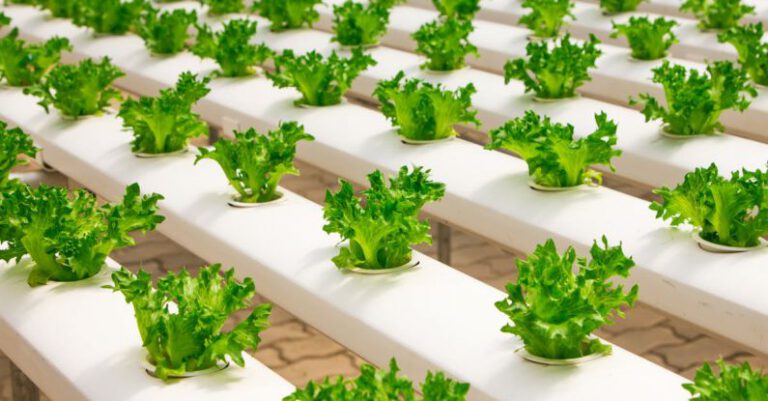How to Start an Urban Farm in a Limited Space?
Urban farming has become increasingly popular as people seek to reconnect with nature and produce their own food, even in limited spaces. With a bit of creativity and resourcefulness, it’s possible to start your own urban farm right in the heart of the city. Whether you have a small backyard, a balcony, or even just a sunny windowsill, there are plenty of ways to grow your own fruits, vegetables, and herbs. In this article, we’ll explore some tips and tricks on how to start an urban farm in a limited space.
Choosing the Right Plants
When starting an urban farm in a limited space, it’s essential to choose the right plants that will thrive in your specific environment. Opt for plants that are well-suited for small spaces, such as herbs like basil, mint, and parsley, which can easily be grown in pots on a windowsill or balcony. Leafy greens like lettuce, spinach, and kale are also great options for limited spaces, as they can be grown in small containers or vertical gardens.
Utilize Vertical Space
One of the key strategies for maximizing space in an urban farm is to utilize vertical space. Vertical gardening allows you to grow more plants in a smaller area by stacking containers or using trellises and hanging baskets. Consider installing a vertical garden on a wall or fence to grow climbing plants like tomatoes, cucumbers, and beans. Hanging baskets are also great for growing herbs and trailing plants, adding a decorative touch to your urban farm.
Container Gardening
Container gardening is a fantastic option for urban farmers with limited space. Choose containers that are the right size for your plants, ensuring they have proper drainage holes to prevent waterlogging. You can repurpose old buckets, crates, or even mason jars for your container garden. Be sure to use nutrient-rich soil and water your plants regularly, as containers tend to dry out more quickly than traditional garden beds.
Companion Planting
Companion planting is a gardening technique where plants are grown together to benefit each other in various ways, such as deterring pests, improving soil quality, and enhancing flavor. When starting an urban farm in a limited space, consider planting companion crops like tomatoes and basil, which help repel pests from each other. Carrots and radishes are another excellent companion pair, as radishes can help break up the soil for carrots to grow more easily.
Grow Microgreens
Microgreens are young, tender greens that are harvested when they are just a few inches tall. They are packed with nutrients and add a burst of flavor to salads, sandwiches, and smoothies. Growing microgreens is a great way to maximize limited space in an urban farm, as they can be grown indoors year-round. Try growing microgreens like arugula, radish, and broccoli in shallow trays or containers filled with soil, and harvest them when they reach the desired size.
Utilize Natural Light
When setting up your urban farm in a limited space, it’s crucial to utilize natural light to ensure your plants receive an adequate amount of sunlight. Place your plants in sunny windowsills or balconies where they can soak up the sun’s rays. If you don’t have access to natural light, consider using grow lights to provide your plants with the light they need to thrive. Position the lights close to your plants and adjust the duration of light exposure based on their specific requirements.
Harvesting and Maintenance
Regular maintenance is key to a successful urban farm, regardless of its size. Check your plants regularly for signs of pests, diseases, or nutrient deficiencies, and take action promptly to address any issues. Harvest your crops when they are ready to ensure a continuous supply of fresh produce. Prune your plants as needed to promote healthy growth and prevent overcrowding. Remember to water your plants consistently and fertilize them as necessary to keep them healthy and productive.
In conclusion, starting an urban farm in a limited space is a rewarding and fulfilling endeavor that allows you to grow your own food and connect with nature, even in the heart of the city. By choosing the right plants, utilizing vertical space, practicing companion planting, growing microgreens, and maximizing natural light, you can create a thriving urban farm in even the smallest of spaces. With a bit of creativity and dedication, you can enjoy a bountiful harvest of fresh fruits, vegetables, and herbs right at your fingertips. Happy farming!






